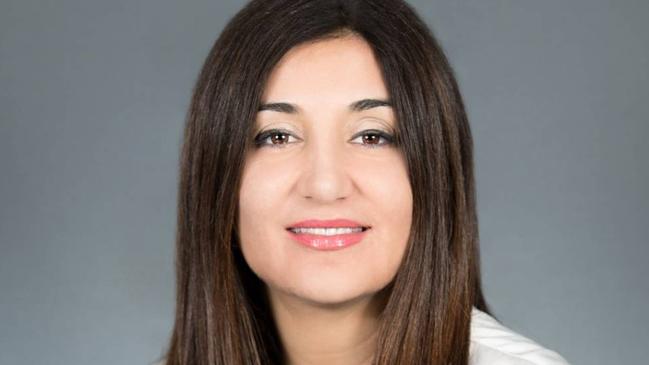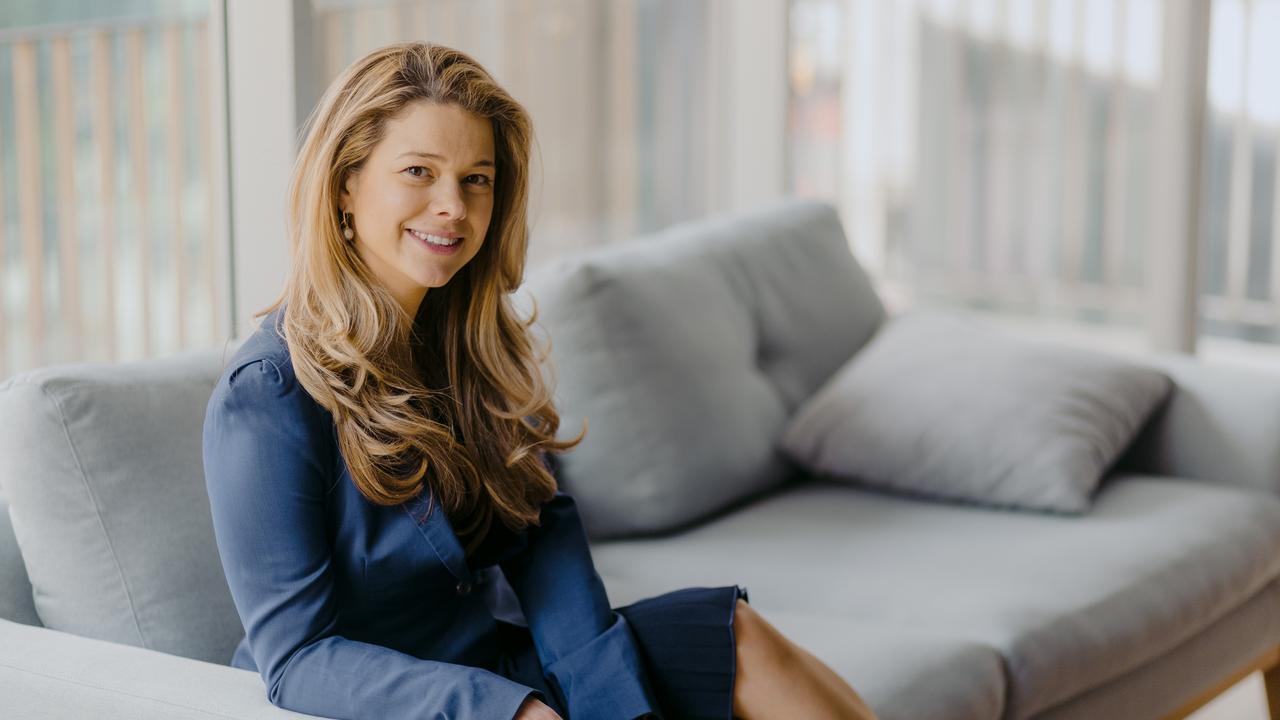Why we need to talk about class in the workplace
Diversity is about class as well as color and gender, according to a new report into bias in Australian companies.

The boardrooms and executive leadership teams of most of the nation’s powerful companies are filled with people from middle and higher classes, says Diversity Council Australia chief executive Lisa Annese who urges employers to examine the impact of class on workplace culture.
Research by DCA and the University of Newcastle challenges the stereotype that we are an egalitarian society, finding workers from lower classes are more likely to feel excluded at work compared to better-off colleagues
Annese says most people recognise that “who you are, who your contacts are, your connections, play a really significant part in potentially your professional success in Australia”.
“It’s not just about having a go. Scott Morrison said if you have a go you’ll get a go but I think it’s easier for some people,” she tells The Deal.
“I think there are still significant biases in elite professions around recruitment from sandstone universities or the connection people form if you are interviewing someone. If they are more like you, you do rate them more highly.
“That is studied in recruitment psychology so you actually impose merit on someone, or you rank them as having more merit if the merit that they have, in your eyes, is something that you value.
“This doesn’t necessarily make sense because really good businesses are actually made up of a diversified skill set, diversified talent. To be innovative, you actually need to not be homogeneous in your thinking. That groupthink is quite dangerous and a risky proposition for an organisation.”
The researchers investigated how class impacts on Australian workers’ experiences of inclusion and exclusion at work, and why class at work is important for organisations to consider.
Based on interviews with 3000 workers, the survey found class, more than eight other diversity demographics, was the most strongly linked to workers’ experience of inclusion at work and one of the most strongly linked to exclusion.
Lower-class workers were less likely to report they felt they had the same opportunities as anyone else with their abilities and experience, and were significantly less likely than middle class and higher-class workers to say their manager actively sought out diverse perspectives from all employees.
More than two-fifths of lower- class workers reported having personally experienced discrimination and/or harassment in the workplace in the past 12 months, compared to 22 per cent of middle-class workers and 26 per cent of higher-class workers. Twenty seven per cent of lower-class workers said they worked in non-inclusive teams compared to 10 per cent of middle-class workers and 5 per cent of higher-class workers.
The research looked at diversity demographics including Aboriginal and/or Torres Strait Islander background, age, caring status, class, cultural background, disability status, gender, religion, and sexual orientation and gender identity.
Social class was measured using an adapted version of the MacArthur Scale of Subjective Social Status. Survey respondents were asked to indicate where they feel they stand in society relative to other Australians, based on money, education, and occupation. They indicated their position on a 11 point-marked scale, in which higher numbers represented people in higher social classes, and lower numbers represented people in lower classes.
Annese says the findings showed “we can no longer ignore class, and need to start addressing it to build truly inclusive workplaces”.
“As someone who has been an advocate for workplace equality for more than two decades, I know that class is something that we haven’t considered,” she says.
“The most surprising thing for me (from the research) was that class, more than other form of someone’s identity, contributes to someone’s inclusion or their exclusion experience in the workplace, more than their gender, their race.
“That is really revealing because I think it might explain why some people feel really disengaged by the push to greater diversity because they don’t see themselves in the solution perhaps.”
While lower-class women were consistently more likely to report experiences of harassment and discrimination, they were also among the most supportive of diversity and inclusion (D & I) at work. In contrast, lower-class men were among the least supportive for organisations taking action on diversity and inclusion.
Lower-class workers who were in inclusive teams were 17 times more likely to be in a team that works effectively than lower-class workers in a non-inclusive team; 15 times more likely to be in a team that is innovative and 10 times more likely to be in a team providing excellent customer service.
Asked about the idea of Australia as the “land of the fair go” in light of the findings, Annese says “we don’t have a blank canvas for everyone”. “Some people have an easier path to success,” she says. “It’s no surprise that the boardrooms and executive leadership teams of most of Australia’s powerful organisations consist of people from certain classes and they’re a certain type of person.”
The DCA report says Australia can no longer ignore that social class makes a difference to our workplace experiences, and “we need to ensure that ‘class’ becomes part of the standard vocabulary for D&I practice”. “That means pushing aside the Australian discomfort with this subject and start talking about class as part of our diversity so we can develop and implement D & I strategies to ensure social class inclusion,” it says.
The report recommends the development of a consistent measure for class that can be adopted by Australian workplaces.
“There are many ways to measure and understand class. But we don’t have an agreed set of measures reflecting the Australian context that could be adopted by employers,” the report says.
While the UK civil service has developed its own set of measures to understand socio-economic background in their workforce, “we need an Australian standard that takes into account our local context and history, and that can be easily adopted across Australian workplaces”.
Employers need to consider their recruitment practices to determine if they are consciously or unconsciously narrowing their talent pool to exclude people from certain classes.
“For example, do recruitment strategies focus on hiring people from elite schools or Go8 (Group of Eight) universities; is there evidence of postcode discrimination (where candidates from certain locations are not recruited); what weighting is given to academic transcripts and extra-curricular activities versus other employment experiences (e.g., having had part-time jobs)?” the report asks.
“Many of these criteria are associated with having higher-class backgrounds and may exclude people who have not had access to these same opportunities due to their class background.”
Some organisations focus on recruiting employees only from city locations even where the job may not require full-time face-to-face hours.
Having a flexible mindset about the need for in-office hours, the report says, can mean opportunities are opened up to people from regional or remote locations who might otherwise be overlooked.



